Learning history can be fascinating. But history books don't always have all the information. Some interesting nuggets and fun facts can slip through the cracks and we miss out on intriguing historical facts.
Luckily, there are pages like the History Everyday account on Instagram. It's a place for rarely-seen but fascinating historical pictures. With its 354k followers, their mission is to encourage discussion and debate about iconic and controversial historical events. Curious to see what a Mongolian shaman looks like and what is "The Descent of Mombrone?" Scroll down and see for yourself!
To know more about learning the lesser-known facts of history, Bored Panda reached out to the creators of Footnoting History, a podcast that focuses on overlooked and underappreciated areas of history. We chatted with Christine Caccipuoti and Kristin Uscinski about how they find overlooked historical moments and why they're so important. Read their insights below!
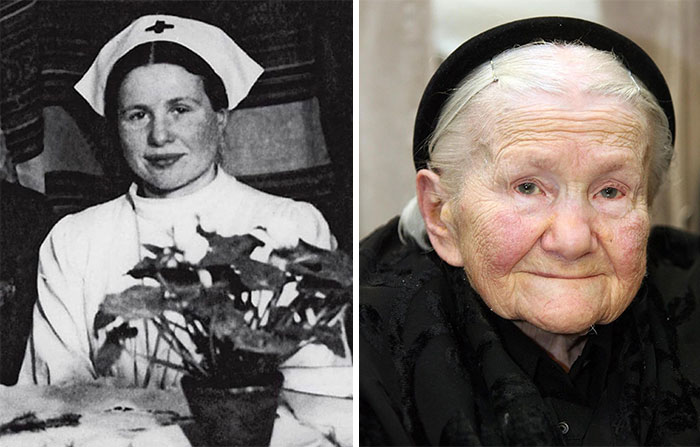
The German occupiers suspected Sendler's involvement in the Polish Underground and in October 1943 she was arrested by the Gestapo, but she managed to hide the list of the names and locations of the rescued Jewish children, preventing this information from falling into the hands of the Gestapo. Withstanding torture and imprisonment, Sendler never revealed anything about her work or the location of the saved children. She was sentenced to death but narrowly escaped on the day of her scheduled execution, after German officials were bribed to obtain her release.
historyfromeveryday Report


At that precise moment, photographer Jack Bradley froze the scene in a frame from behind the lens. The photo was published in the February 1974 edition of Reader’s Digest, in the article “Unforgettable moments caught on film”.
historyfromeveryday Report
Kristin and Christine, the creators of Footnoting History, are both professional historians, both with degrees in Medieval History. In the podcast, they cover the lesser-known history facts that excite them, in the hopes that they will be exciting to their audience as well.
The team at Footnoting History has covered such topics as the Jumping the Rope wedding tradition and how archaeologists reconstructed the face of 11-year-old Myrtis from Ancient Athens. Christine and Kristin told us how they find these unknown nuggets of history for their podcast. "If you keep your eyes open, hidden and overlooked historical moments are everywhere!," they told Bored Panda.
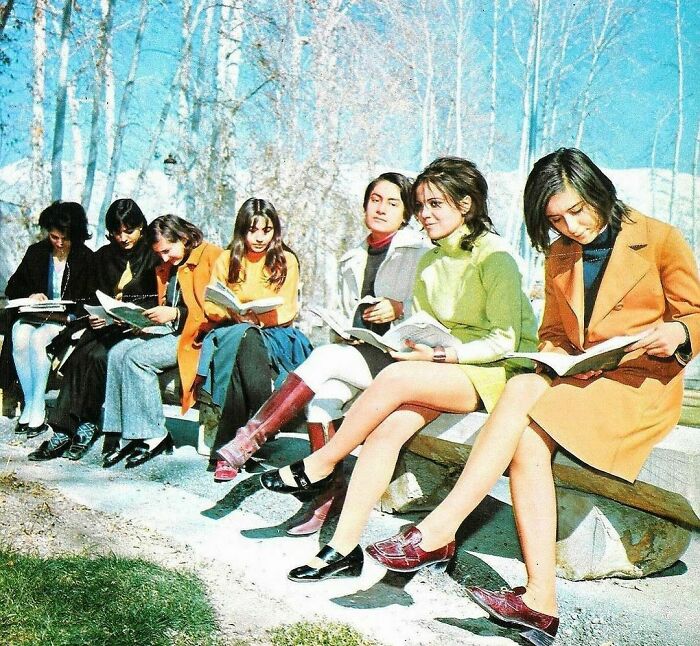
50 “Best Of All Time” Fails From People Who Live By The “Not My Job” Philosophy

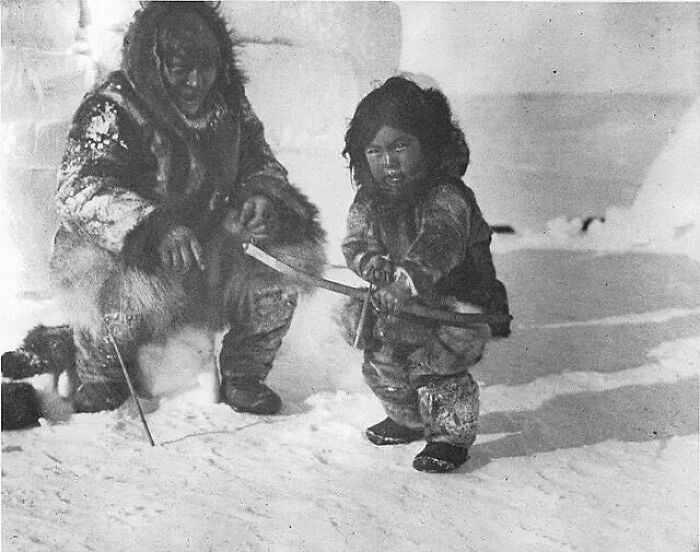
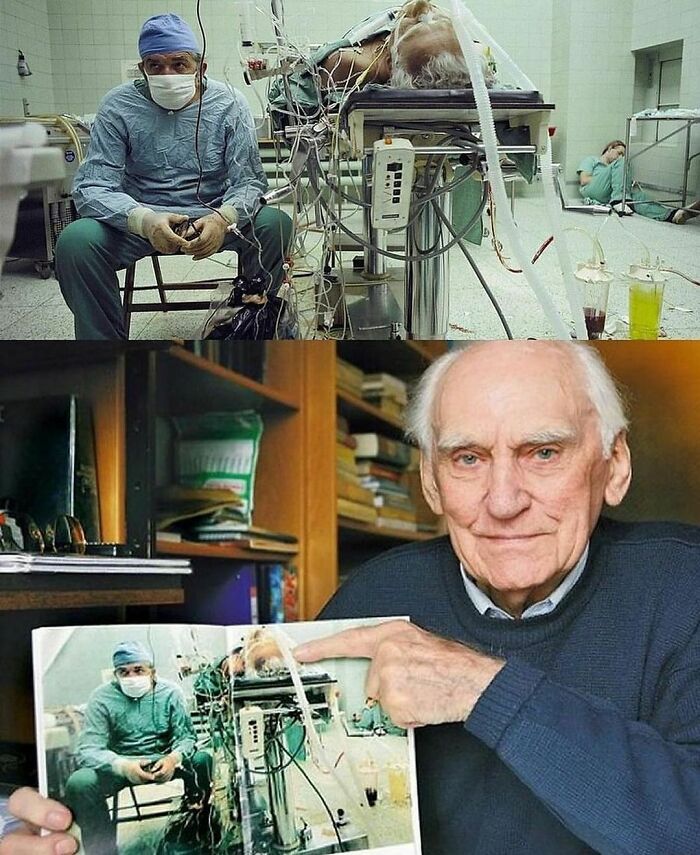
His assistant can be seen sleeping in the corner. The bottom photo shows the still living patient, Tadeusz Zitkevits, 25 years later. The patient died in 2017, 30 years after the surgery and outliving Dr. Religa who gave him a new heart (he passed away in 2009).
historyfromeveryday Report
The pair believes we can find interesting but overlooked historical moments by simply being curious and asking questions like "Who lived in my city in the past?" "Who is responsible for building this castle or house?" "Why did an author in the past write this story?" "How did people in the past handle this sort of task?"
"Everything we do today has a history," the pair says. "So, as long as you approach your current life by asking who/what/when/where/why you will come across history that probably doesn't always get discussed."
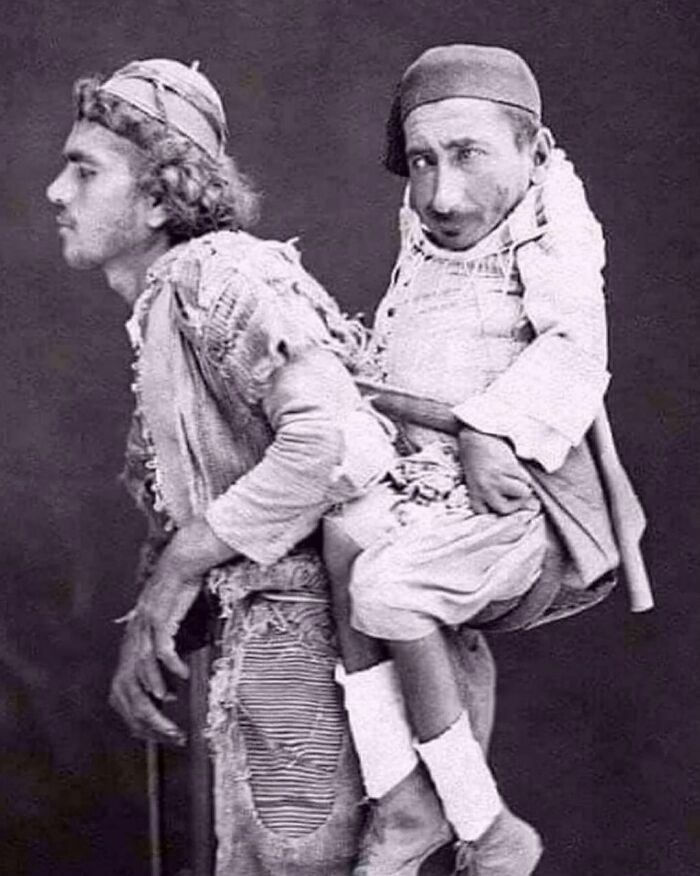
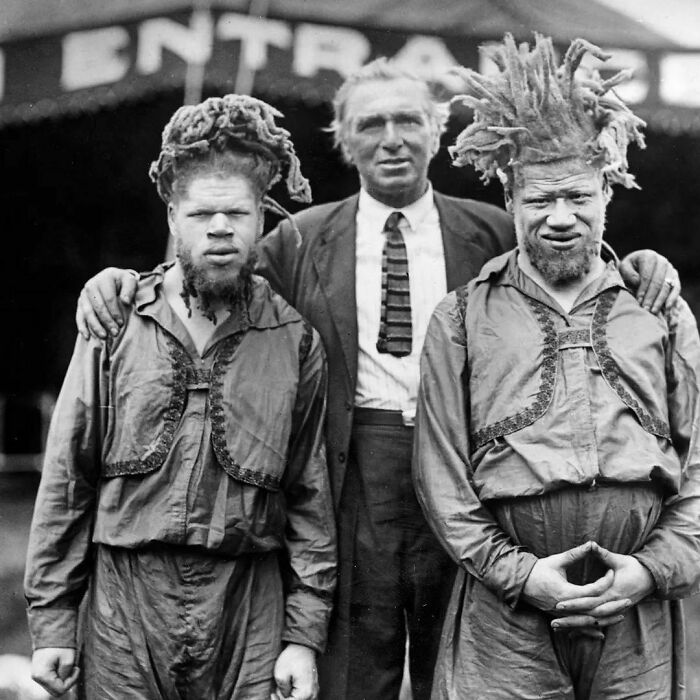
George and Willie were prevented from contacting their family by their manager, who kept them as modern day slaves, since they were unpaid. The two boys were told that their mother Harriet was dead – a lie, as their mother was still alive and was constantly searching for them. She eventually found the two boys working for the Ringling Brothers Circus and their family was reunited. Harriet successfully sued Ringling Brothers for the treatment of George and Willie. George Muse died of heart failure in 1972 while Willie carried on until 2001 when he died at the age of 108.
historyfromeveryday Report
Sometimes, historical dramas or novels can push people to know more about the characters they're watching/reading about. This happened to Christine, for example. As a fan of Sharon Kay Penman's novels, she decided to pursue her Master's degree in Medieval History.
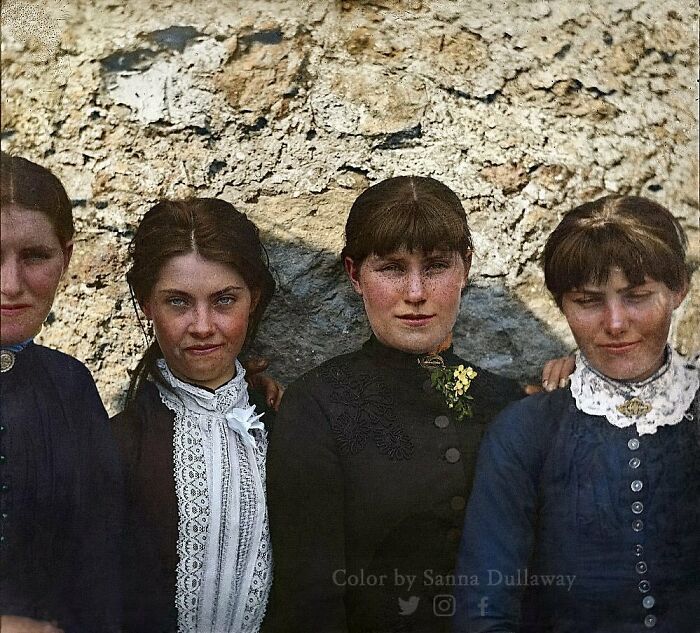
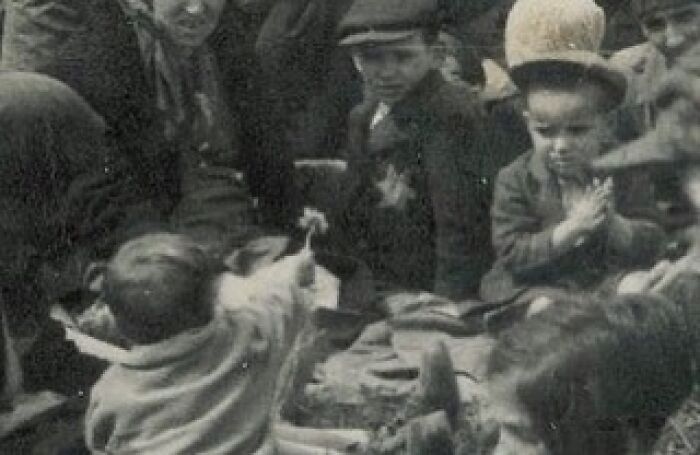
It was taken nearly 80 years ago, most likely in late May 1944. A little child found a dandelion in the grass and is handing it or showing it to an older boy. All the people in this picture were waiting to be k*lled by the gas chambers. They were m*rdered some time later.
historyfromeveryday Report
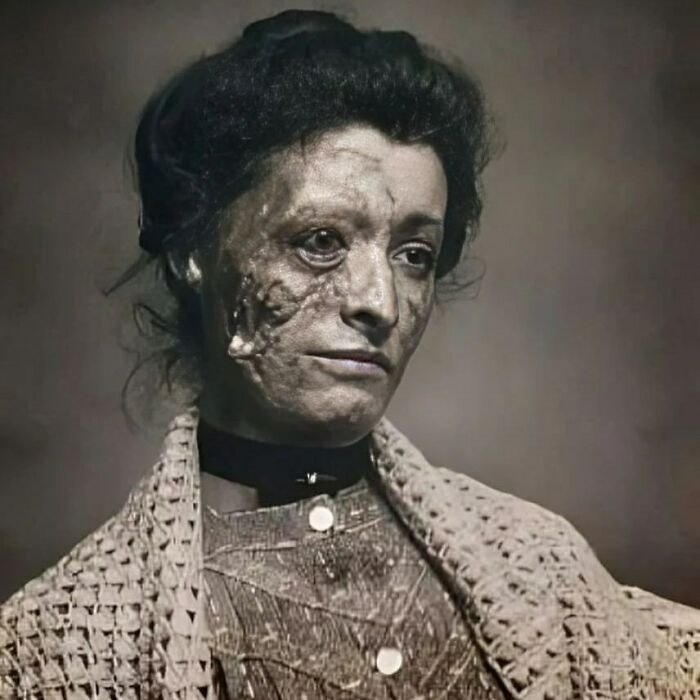
"If you've got an interest in historical dramas or historical novels, definitely look up the real events and people that inspire them," the creators say. "Often, things that are dramatized are even more dramatic in real life. And, if you are already reading history books – always check the footnotes and endnotes."
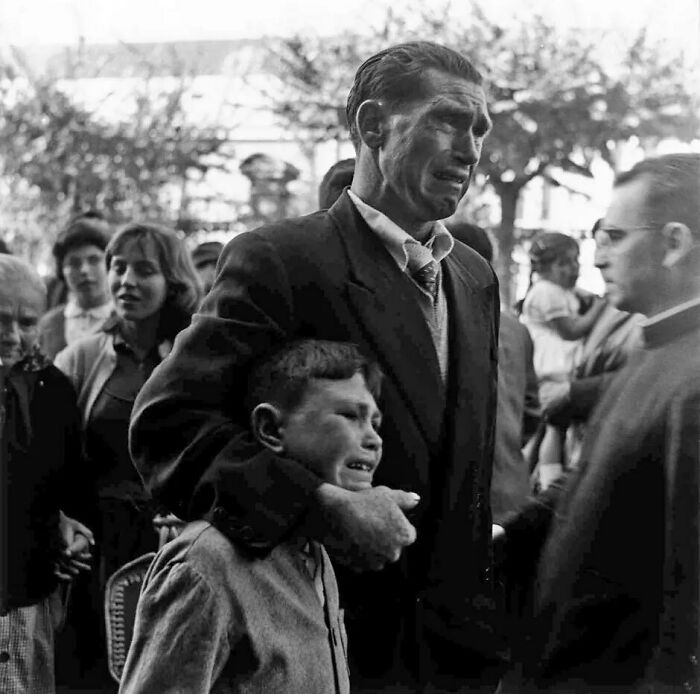

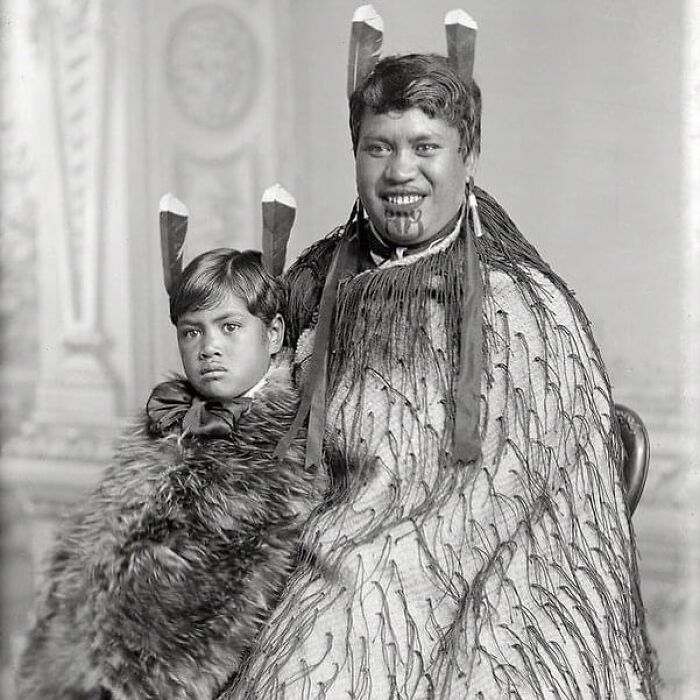
"Often, historians will find tons of fascinating stories that don't get discussed and that don't fit into the main narrative of their books, but they'll still include them," Kristin and Christine tell Bored Panda. "Those little nuggets can provide amazing insight into historical moments that don't always get discussed."
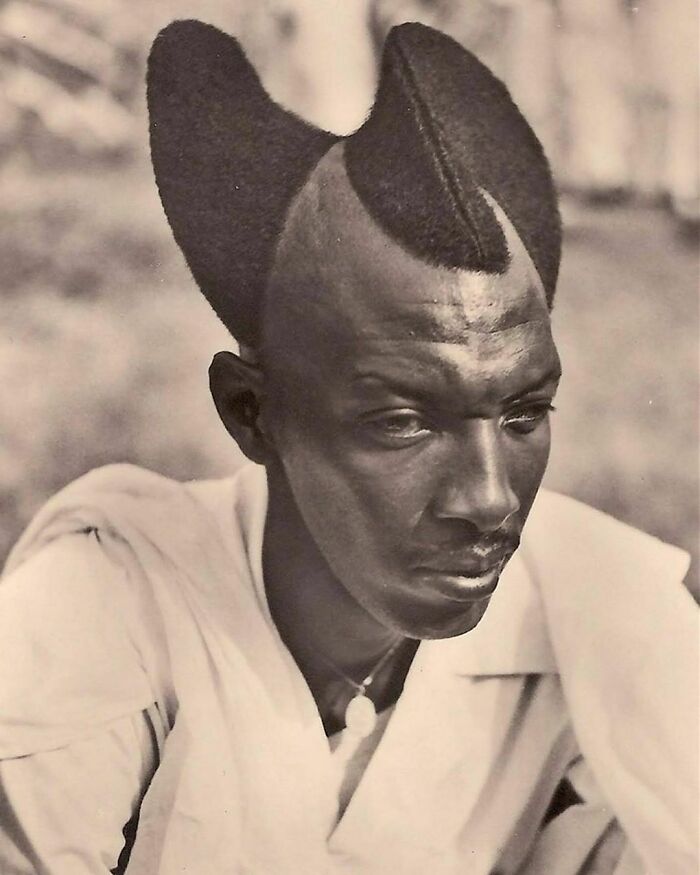
The hairstyle indicated social status, and men who did not wear Amasunzu were looked on with suspicion. The style was also worn by unmarried women after the age of 18–20 years, indicating that they are of marriageable age.
historyfromeveryday Report
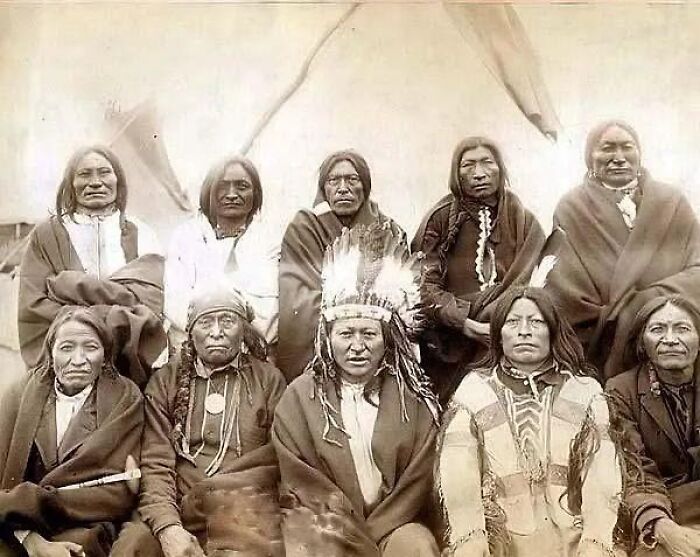
Their names from top left horizontally to bottom right:
1. Standing Bull
2. Bear who looks back running
3. Has the big white horse
4. White tail
5. Liver bear
6. Little thunder
7. Bull dog
8. High hawk
9. Lame
10. Eagle pipe
historyfromeveryday Report
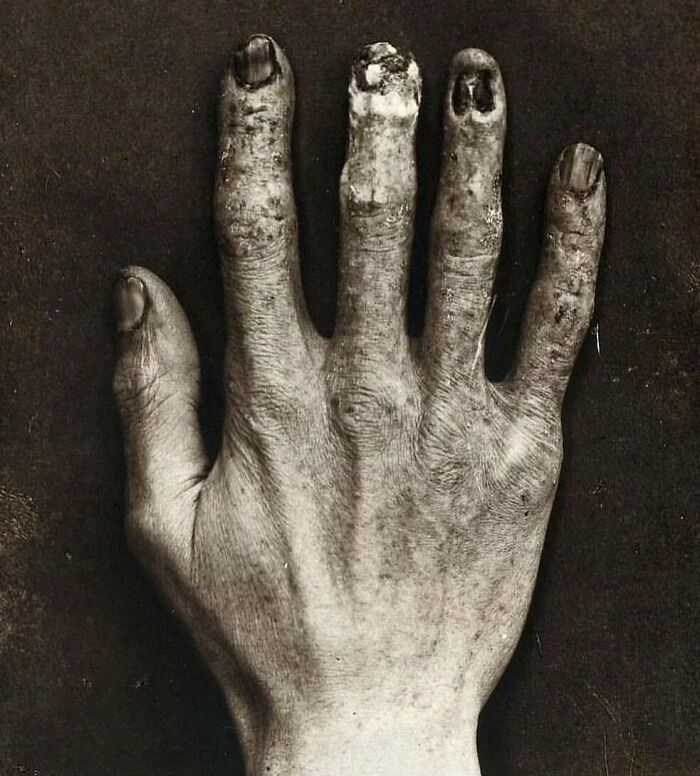
Every morning, they would calibrate the machines by taking an X-ray of their hands. During this time people didn't know the dangers of radiation exposure so they thought it would be harmless to use their hands.
historyfromeveryday Report
But learning obscure historical facts is not just for the sake of it. And not to throw it into someone's face to impress them. "The more we can learn about our world and how it got to be the way it is, the better," the creators of Footnoting History believe. "Life is full of nuance and history is the same way. It's a great thing to understand the basic narrative of main events, but those main events didn't happen in a vacuum."
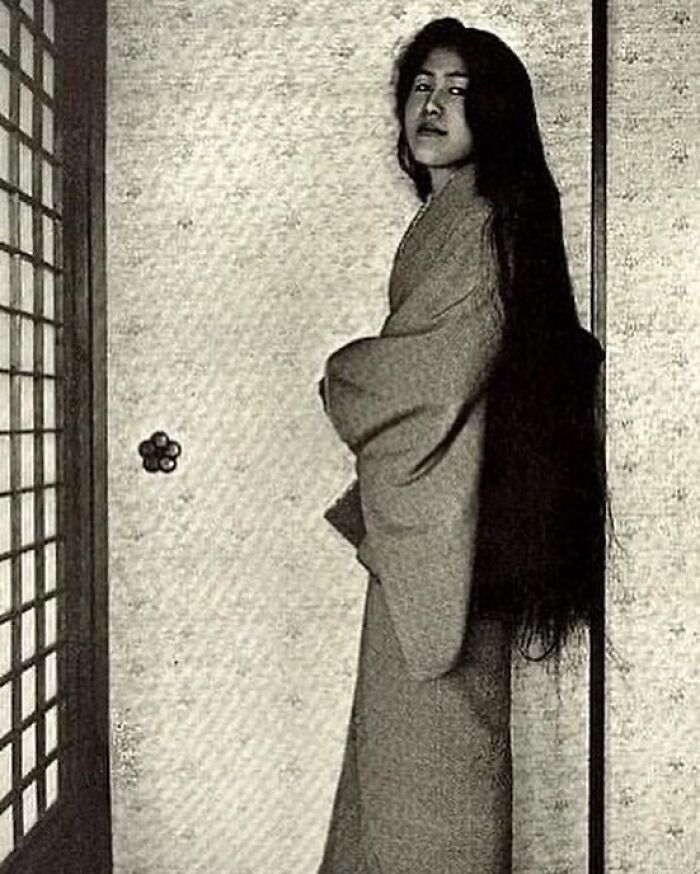
Geisha are a class of female Japanese performing artists and entertainers trained in traditional Japanese performing arts styles, such as dance, music and singing, as well as being proficient conversationalists and hosts. Their distinct appearance is characterised by long, trailing kimono, traditional hairstyles and oshiroi makeup. Geisha entertain at parties known as ozashiki, often for the entertainment of wealthy clientele, as well as performing on stage and at festivals
historyfromeveryday Report
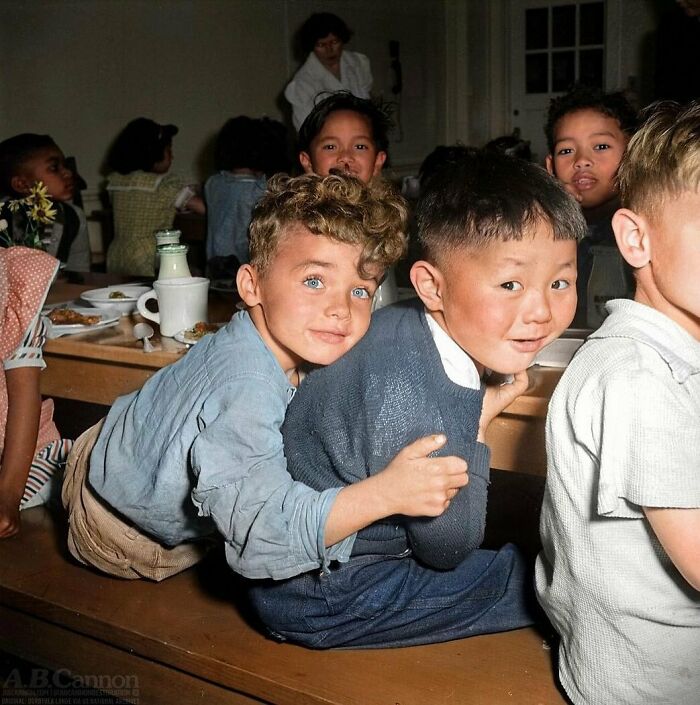
These actions were initiated by President Franklin D. Roosevelt via Executive Order 9066 following Imperial Japan’s attack on Pearl Harbor.
historyfromeveryday Report
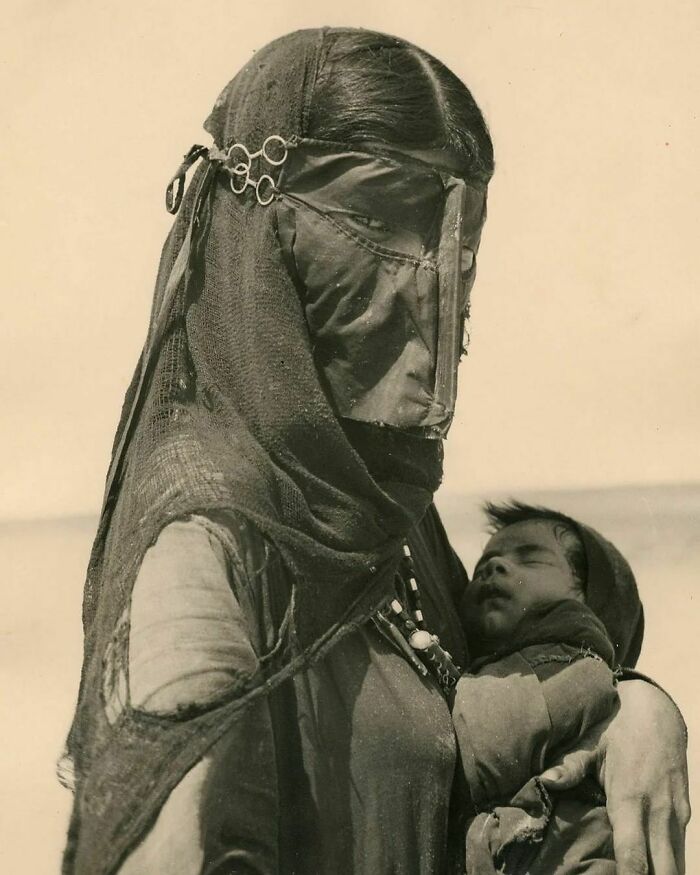
"You can learn a lot about the way people's minds, societies, governments, and cultures work today by understanding their history in detail," they add. "Plus, the aspects of history that are often the most hidden pertain to groups of oppressed people."
There's a famous saying, "History is written by the victors," and if we want to get the full picture, we should seek more than what's in history books. "It always matters," Christine and Kristin say. "Everyone's history is important and you become a more empathetic human being when you learn to appreciate how rich the histories are of all cultures."
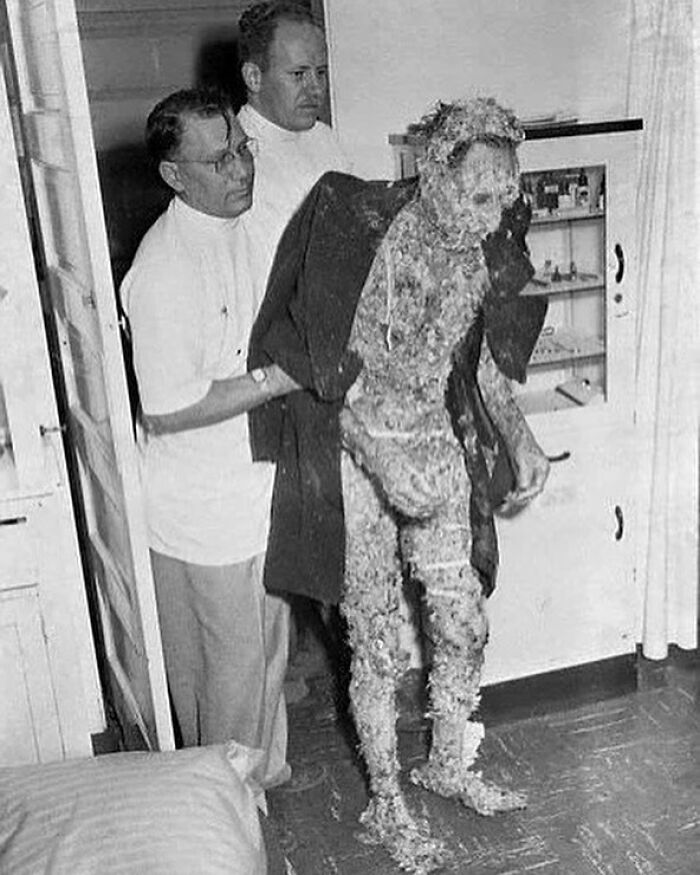
Tarring and feathering is a form of public torture and punishment used to enforce unofficial justice or revenge. The victim would be stripped naked, or stripped to the waist. Wood tar (sometimes hot) was then either poured or painted onto the person while they were immobilized. The victim then either had feathers thrown on them or was rolled around on a pile of feathers so that they stuck to the tar.
historyfromeveryday Report
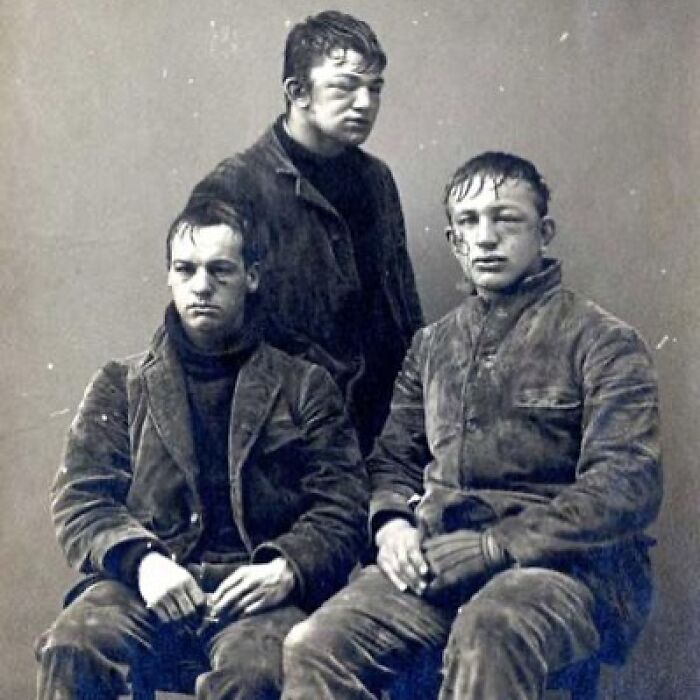

There's a famous saying, "History is written by the victors," and if we want to get the full picture, we should seek more than what's in history books. "It always matters," Christine and Kristin say. "Everyone's history is important and you become a more empathetic human being when you learn to appreciate how rich the histories are of all cultures."
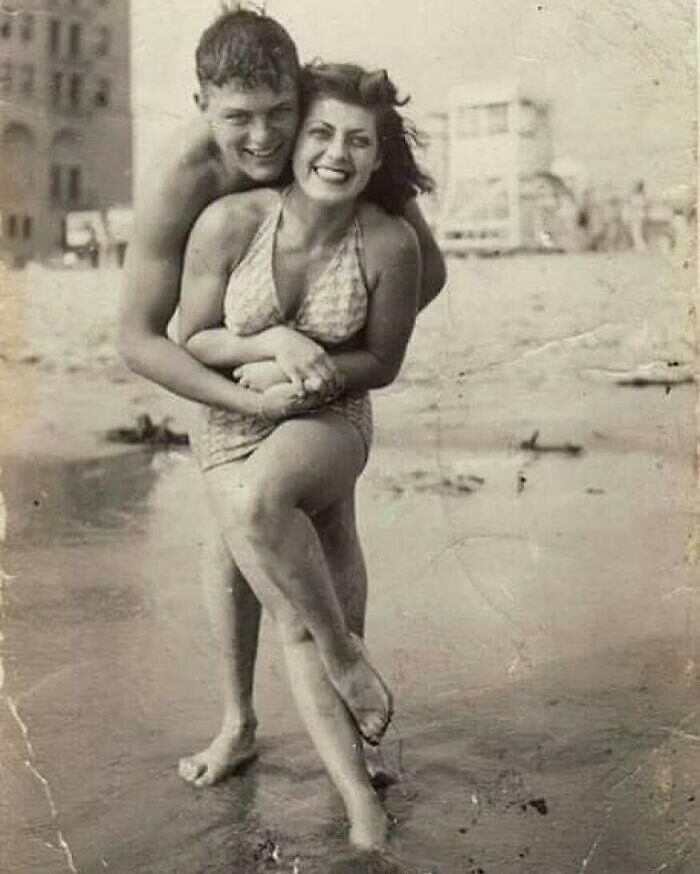
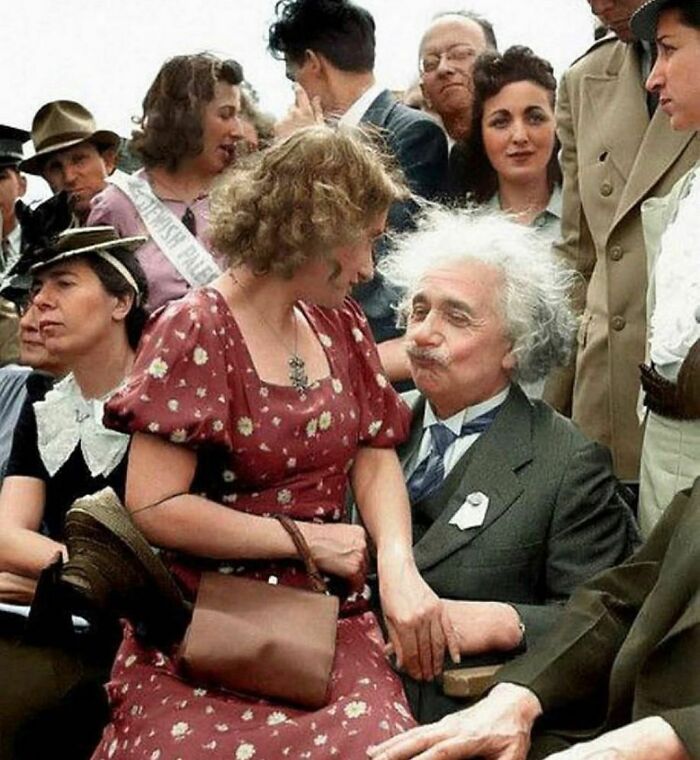
They were attending the opening of the Jewish Pavilion at the World’s Fair in Flushing Meadows, New York in 1939.
historyfromeveryday Report
That's why the pair can't pick just one piece of history that's the most important in their opinion. "We think it's all important. We encourage people to always learn about the history of where they live and also the history of a culture outside of their own," the creators of Footnoting History say.
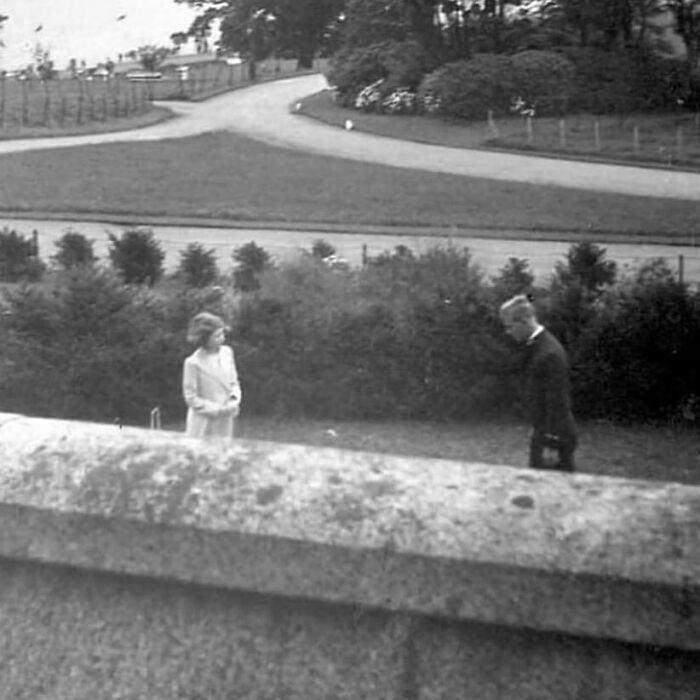
He was studying there and was tasked to accompany the Royals who were on a visit. It was their first 1:1 meeting.
historyfromeveryday Report
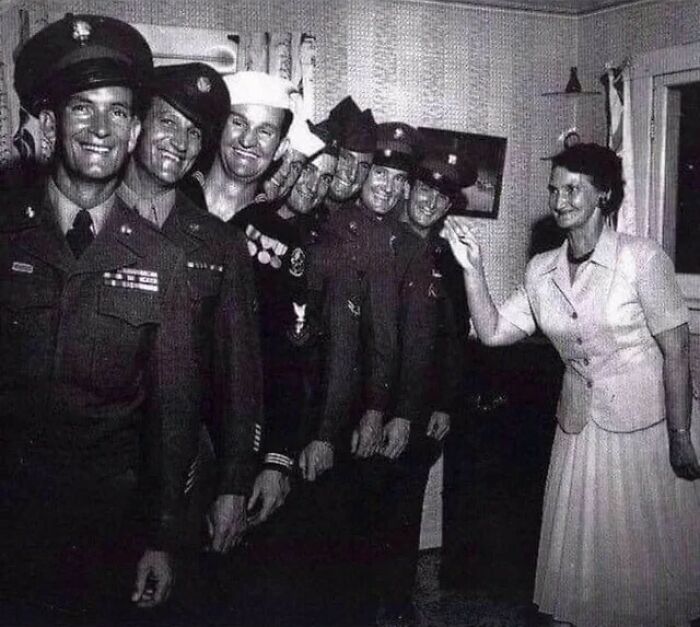
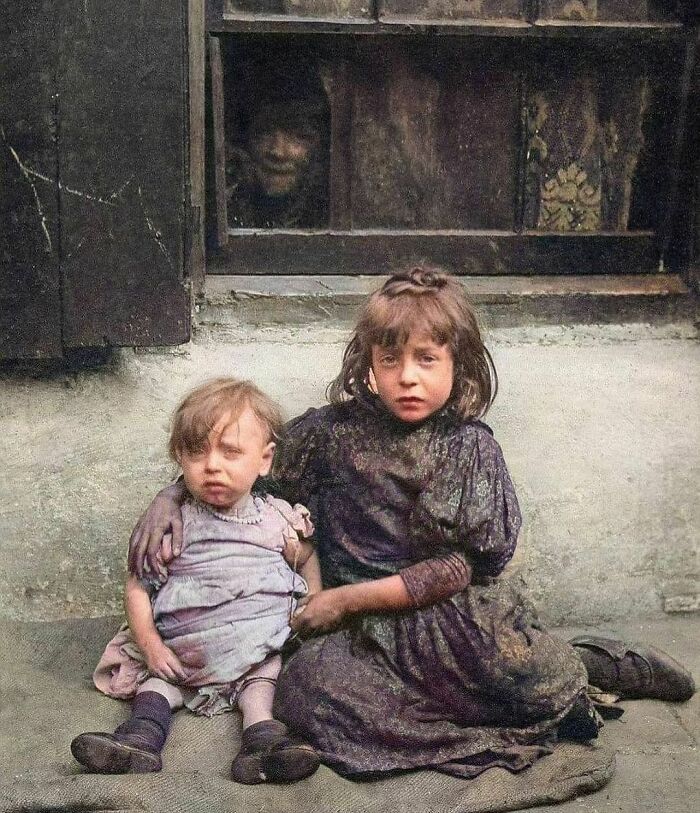
Annie, seven, and one year old Nellie, sit on a sacking outside their house in London. They were among ten children born to single mother Annie Daniels. Five of their siblings died in childhood.
historyfromeveryday Report
If you want to learn more obscure history facts, be sure to head to Footnoting History where all their episodes are available with captions. And if you're a fan of using YouTube, check them out on their channel.
And which photographs from this list surprised you the most, Pandas? Let us know by upvoting your favorites and leave a comment down below!

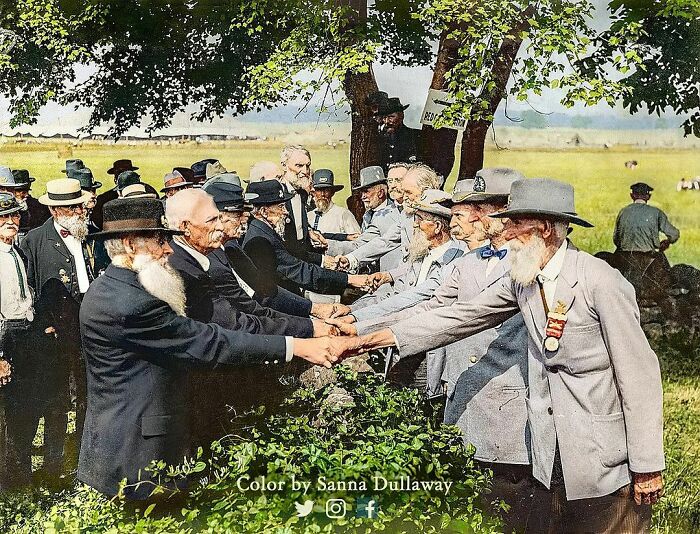
Despite official concerns "that there might be unpleasant differences”, the peaceful reunion was repeatedly marked by events of Union–Confederate camaraderie.
historyfromeveryday Report
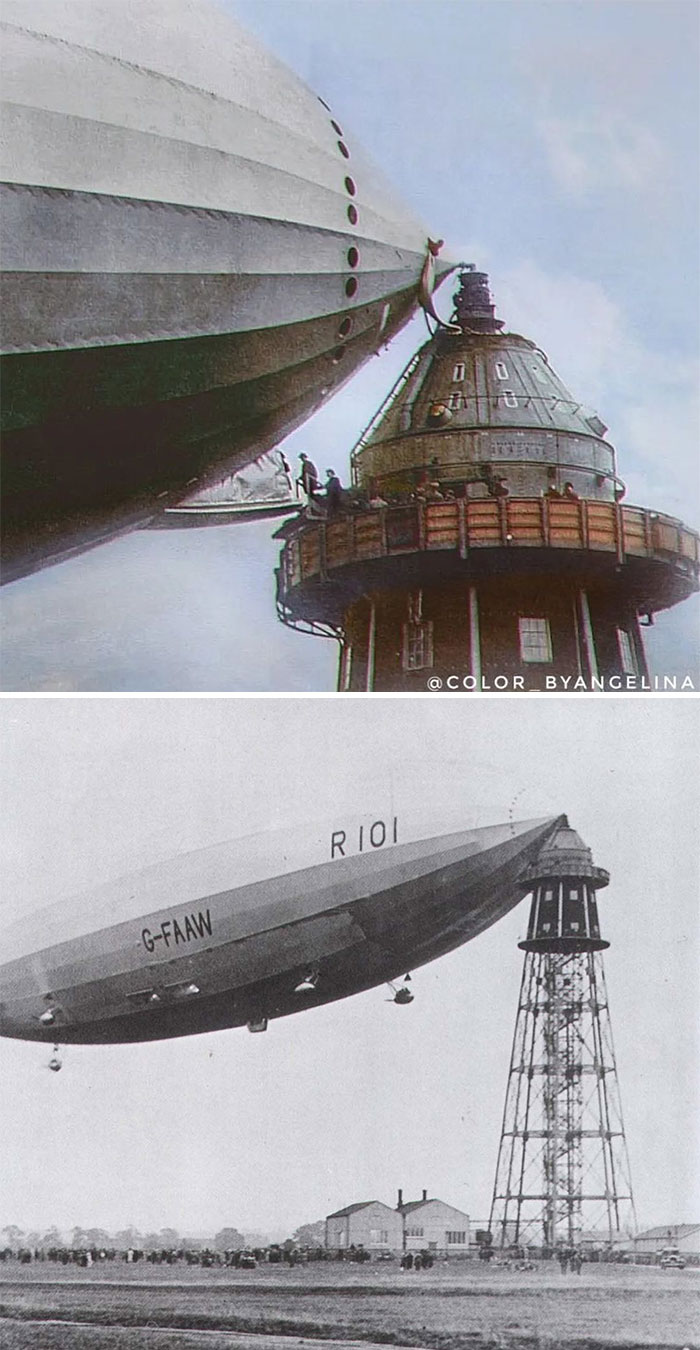

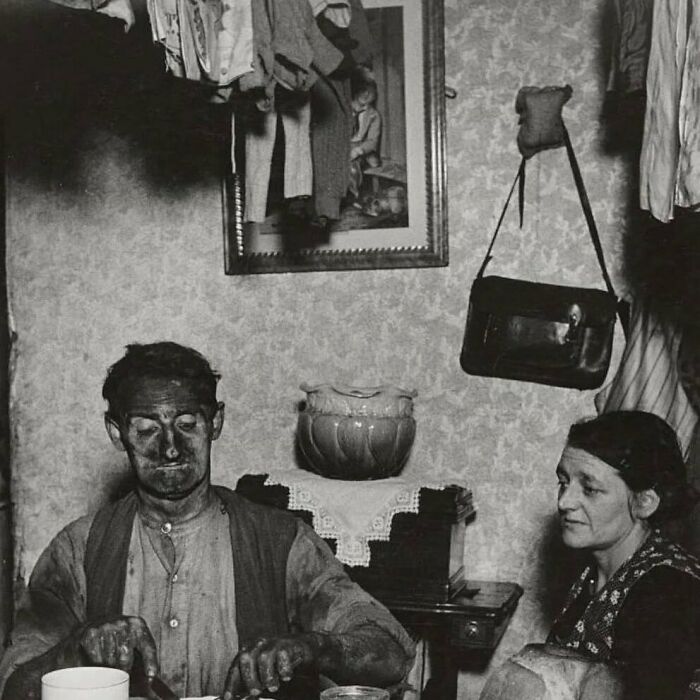
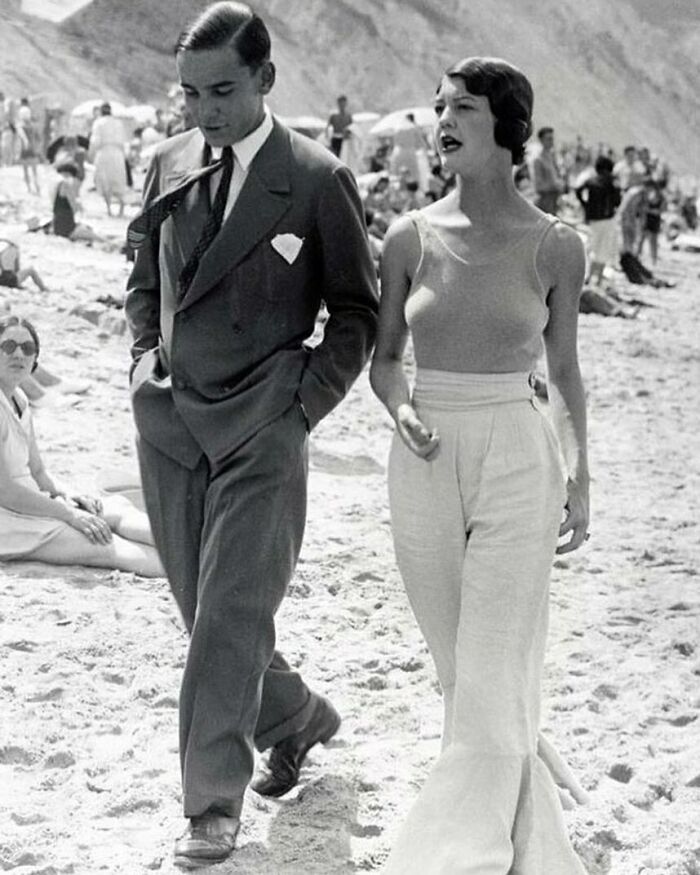
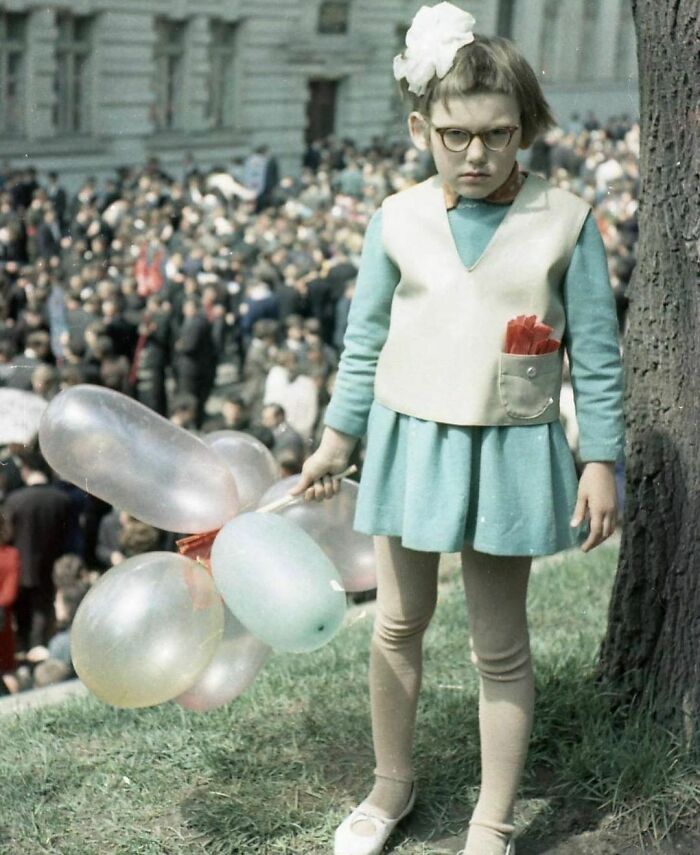
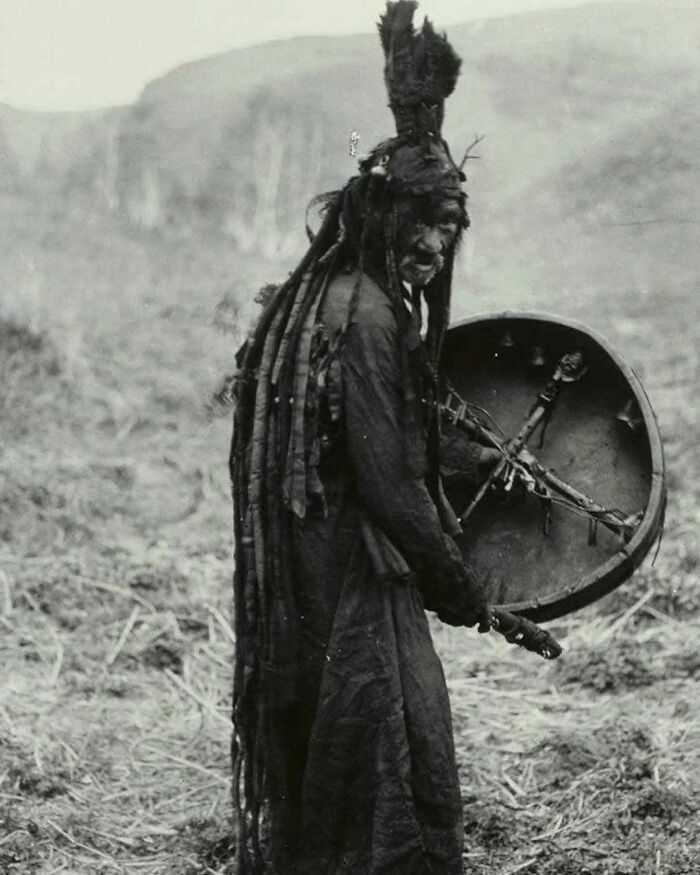
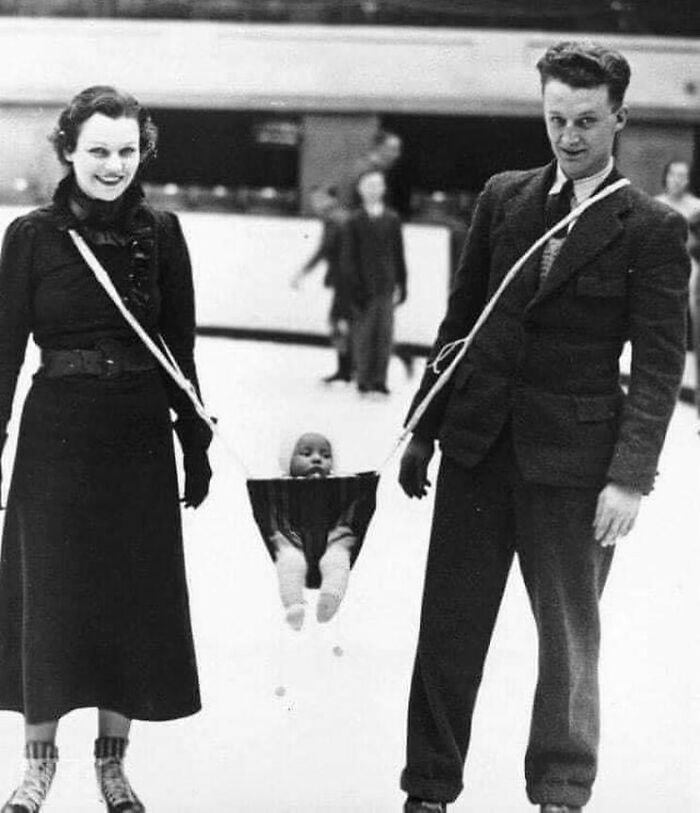
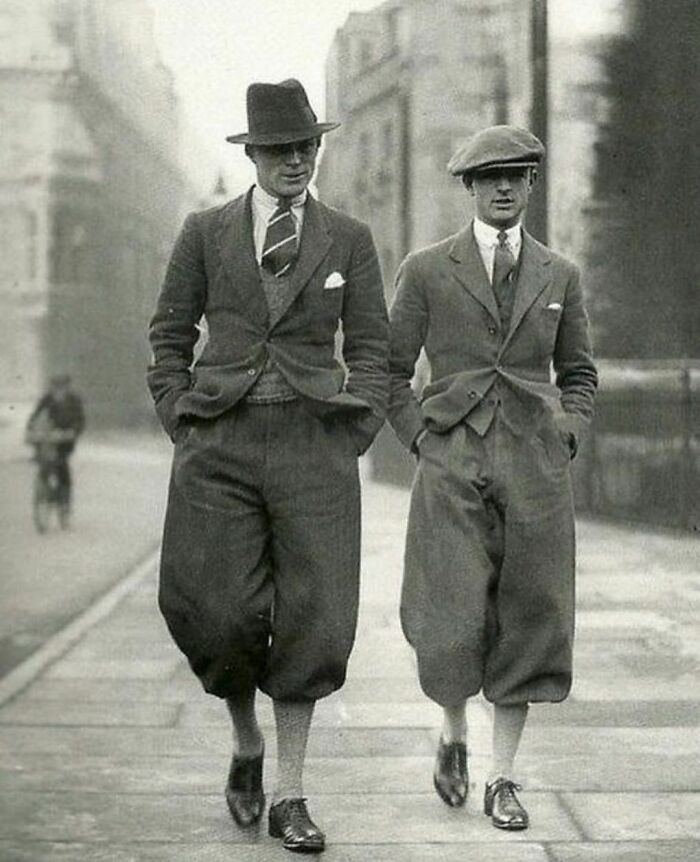
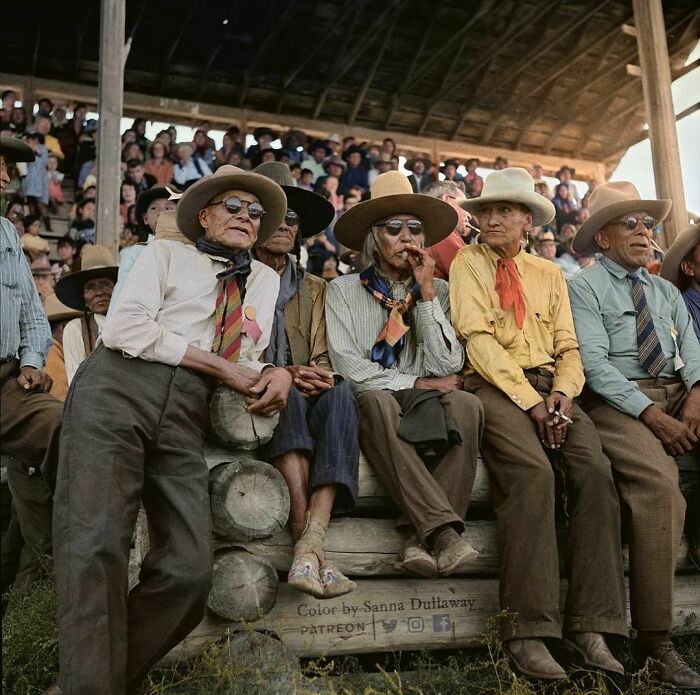
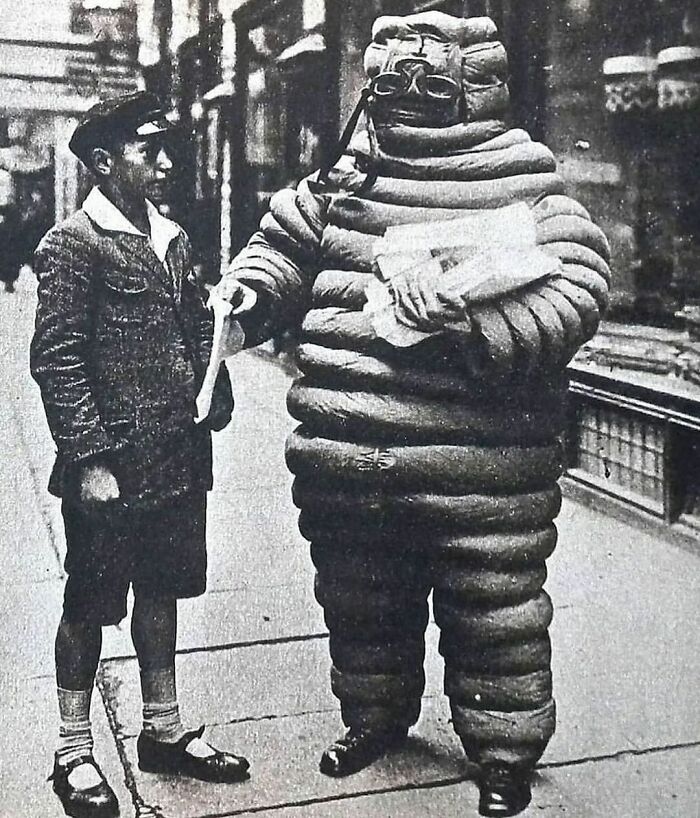
The Michelin Man is white because rubber tires are naturally a grey/white color. It was not until 1912 that carbon chemicals were mixed into the white tires which turned them black. The change was structural, not aesthetic. By adding carbon, tires became more durable. Michelin also began reviewing restaurants so that more people would travel further distances in their cars to eat at these restaurants. This in turn would wear down their tires faster, and force them to buy more. The Michelin star system goes up to three and has the following criteria: 1 star: "A very good restaurant in its category". 2 stars: "Excellent cooking, worth a detour". 3 stars: "Exceptional cuisine, worth a special journey".
historyfromeveryday Report

McGee was working as a teamster with H.C. Barret to transport a caravan of flour to Fort Union in New Mexico Territory. Whilst on the road, somewhere around Kansas, the wagon train was set on by a band of Brule Sioux Native Americans, resulting in the majority of the teamsters being tortured and killed. McGee was shot in the back, had two arrows put through him as well as 64 square inches removed from his scalp - all whilst he was still awake. His survival was miraculous. This photo was taken in 1890.
historyfromeveryday Report

The car had been reported stolen 4 years prior. Later it transpired that the owner, plumber Rosendo Cruz, apparently conspired to commit insurance fraud with the supposed thieves. They were supposed to take the Ferrari to a chop shop to be broken up for parts, but instead hid it, intending to dig it up later, and forgot where it was buried.
historyfromeveryday Report
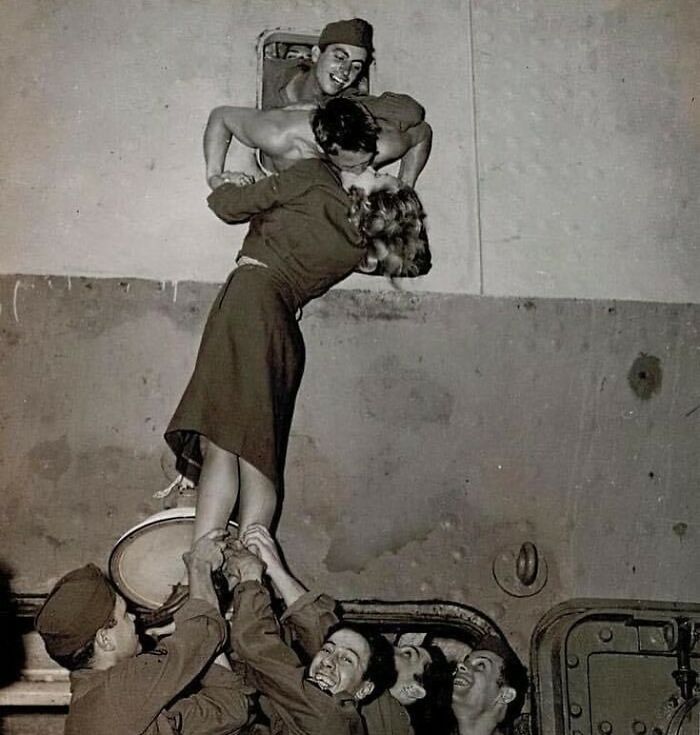
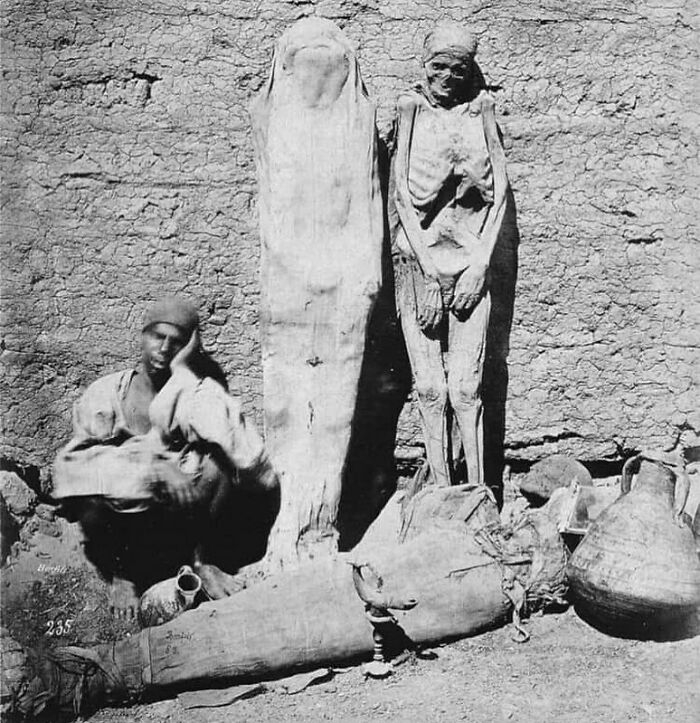
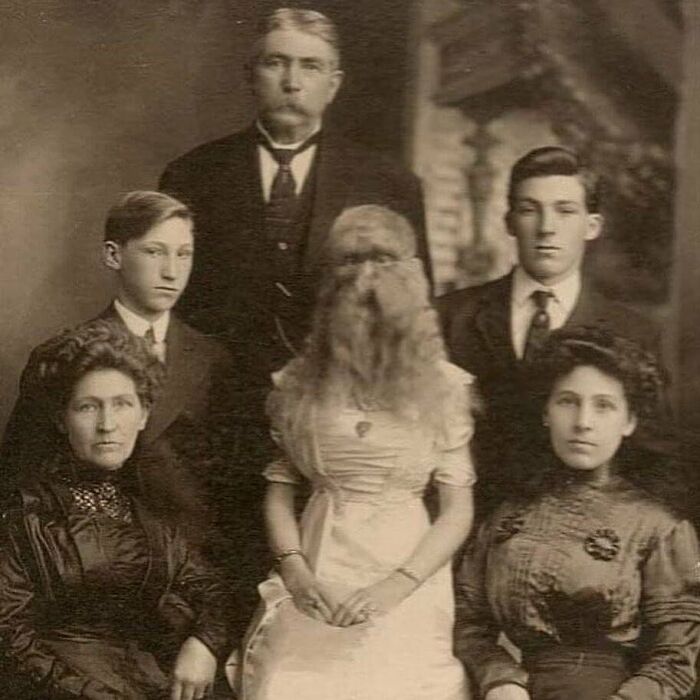
She was born with hypertrichosis lanuginosa, which is an abnormal amount of hair growth in a certain area of the body
historyfromeveryday Report
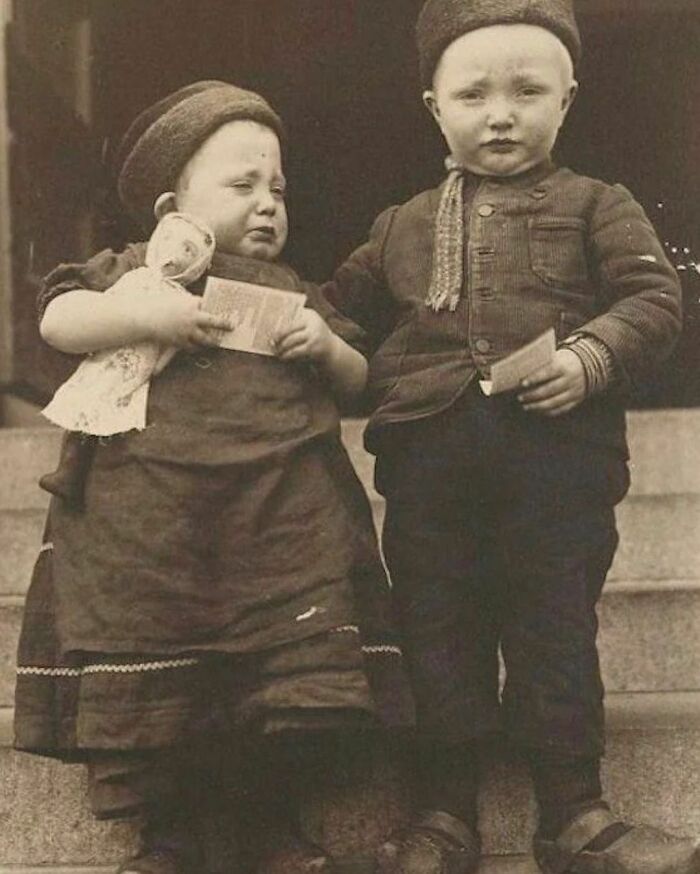
From 1892 to 1954, nearly 12 million immigrants arriving at the Port of New York and New Jersey were processed there under federal law.
historyfromeveryday Report
Note: this post originally had 89 images. It’s been shortened to the top 50 images based on user votes.